Mozambique: Health professionals must be vigilant
Inhaca Marine Biology Research Station capacity gets a boost
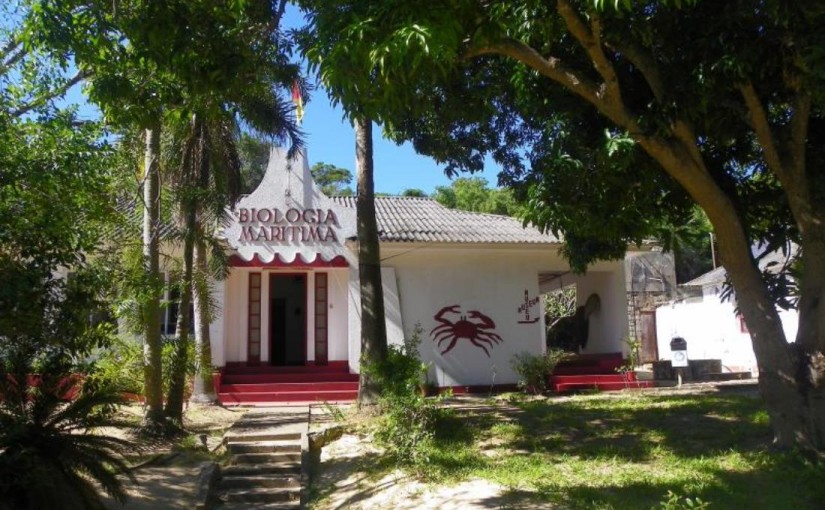
File photo
The Inhaca Marine Biology Research Station (Estação de Biologia Marítima de Inhaca- EBMI) has had its investigative capacity boosted with the inauguration on Tuesday of a new residential complex for graduate students and four furnished residences for researchers.
With support from the Mozambican government and Sweden, EBMI has also acquired a research vessel and state-of-the-art laboratory equipment, inaugurated by the Rector of Eduardo Mondlane Unversity and the Ambassador of Sweden to Mozambique.
The vessel will be used for both marine research and coastal patrol, with 12 professional divers to ensure the protection of the island’s conservation areas. A car and two quadbikes complete the capacity rebuilding program.
At the ceremony, University of Eduardo Mondlane (UEM) rector Orlando Quilambo said that the station was of extreme importance for the country’s marine and coastal ecosystems, and that 70 percent of Mozambique’s knowledge in this area resulted from studies done in Inhaca.
Quilambo said that, in addition to carrying out research on marine and coastal ecosystems, EBMI provided scientific advice to the KaNyaka Municipal District on urban soil management, along with environmental management plans and community environmental education.
Over the 50 years of its existence, the station has maintained a 38-year cooperation relationship with Sweden which has contributed to the improvement of working conditions and the development of the University.
In her speech, Sweden’s ambassador to Mozambique, Irina Nyoni, said that the new buildings should be seen as an opportunity for modern research.
“We expect more research and new insights into the state of the Mozambican and Indian Ocean coastline, knowledge that will contribute to the global marine biology database,” she said.
Gabriel Albano, head of the Inhaca facility, said that after the identification and description of marine organisms, work moved to understanding the function of these species within the ecosystem and their connection with other organisms.
Gabriel said Inhaca had more than 300 species of birds, 150 types of corals and a wide variety of fish, which have aroused the interest of many, given their possible commercial value.
EBMI is an advisory unit to the Faculty of Sciences of Eduardo Mondlane University and was founded in 1951.


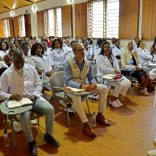

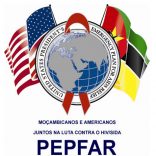

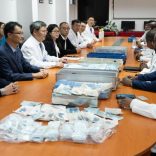
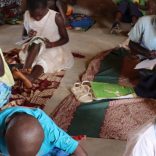
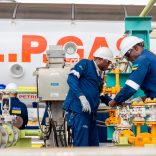
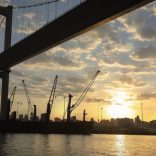


Leave a Reply
Be the First to Comment!
You must be logged in to post a comment.
You must be logged in to post a comment.